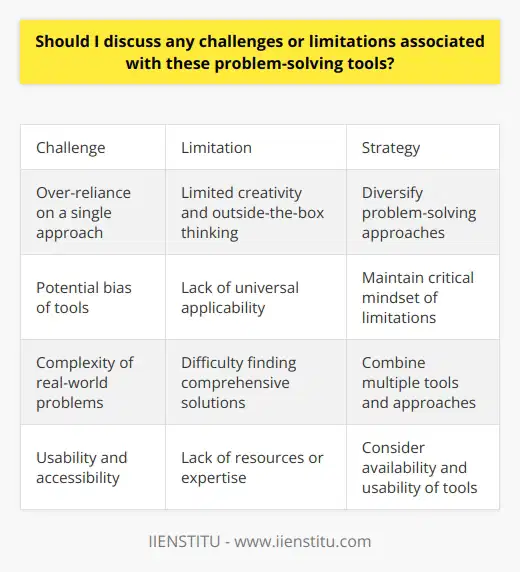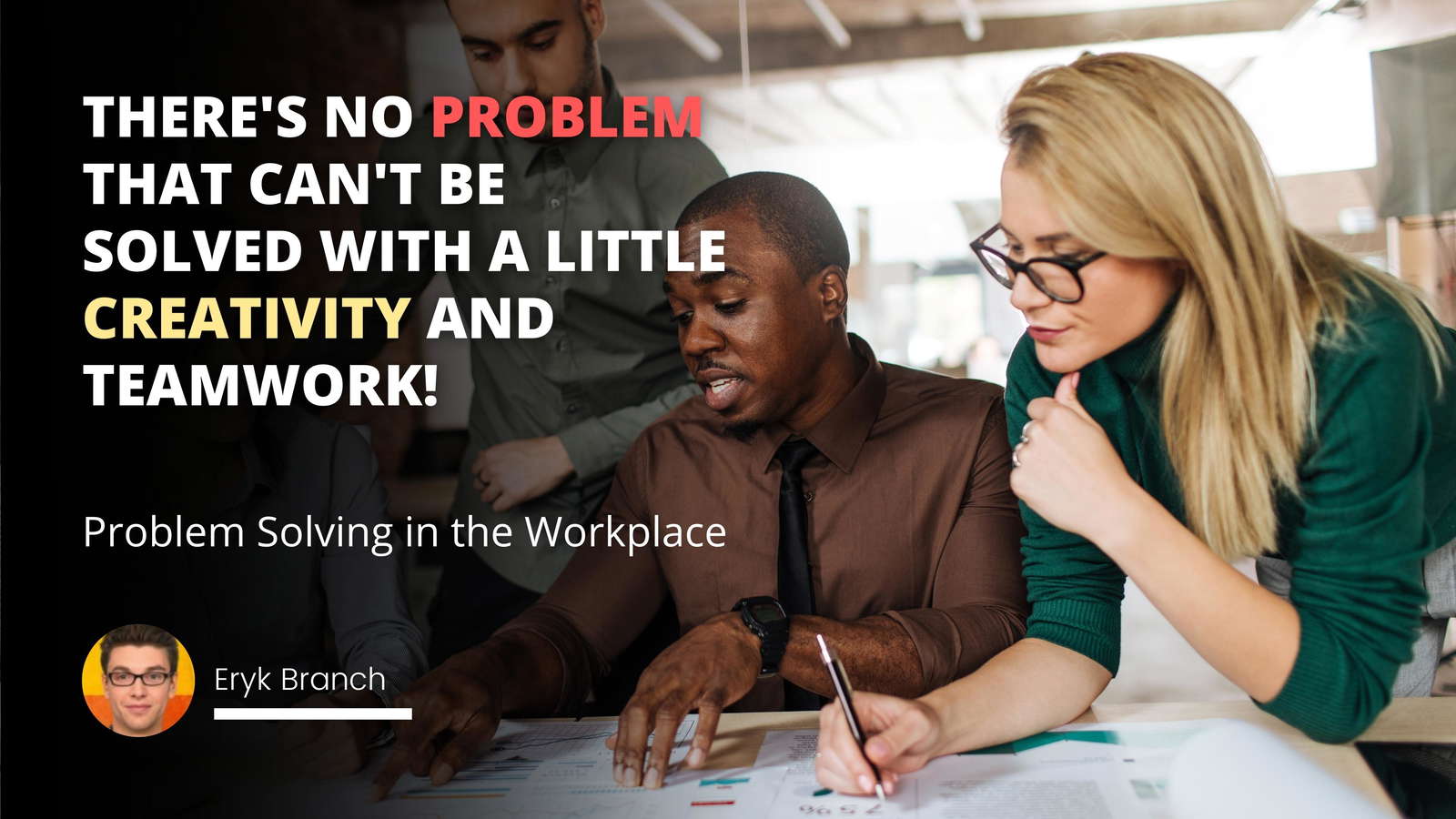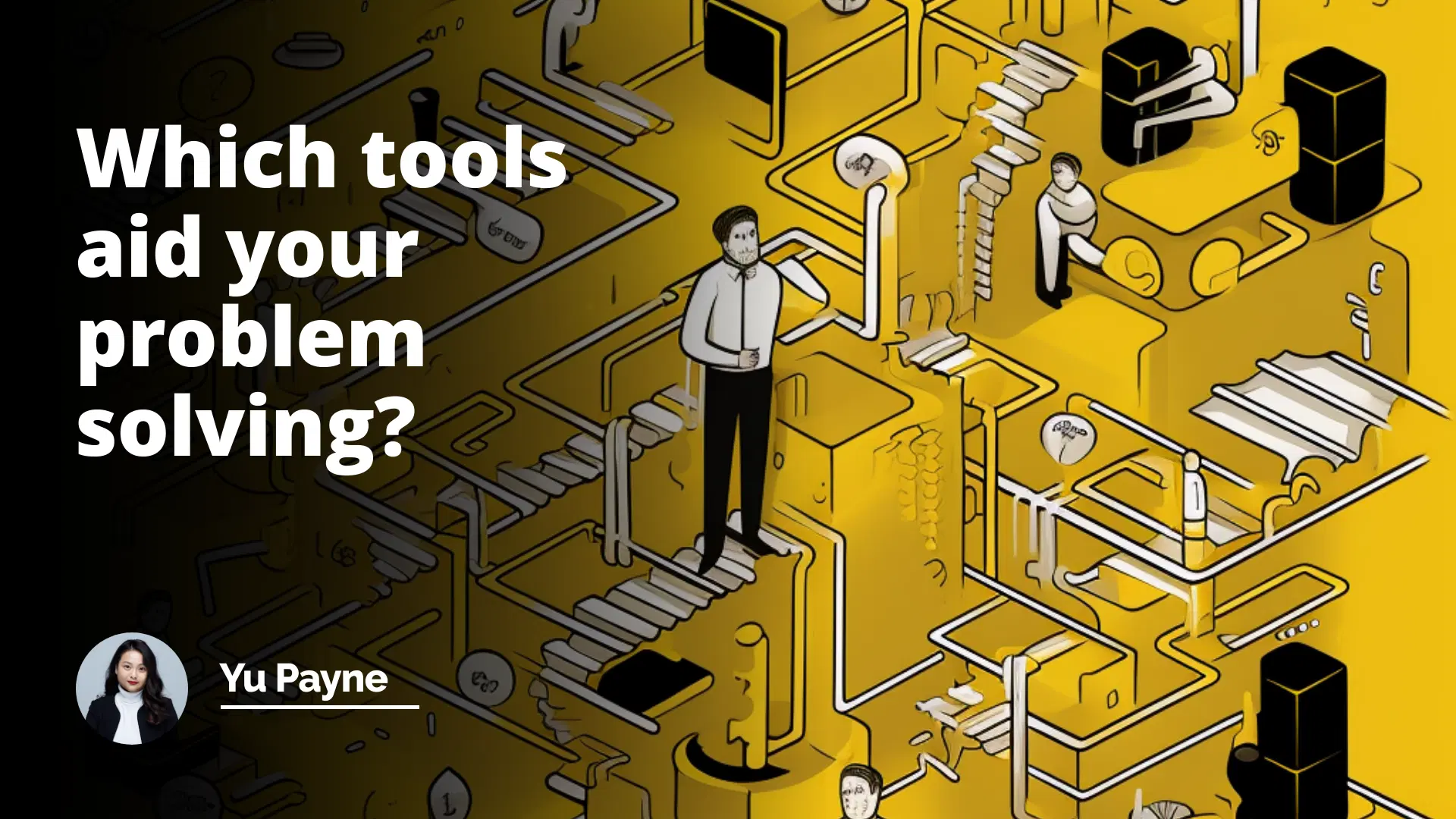
Problem-solving skills are highly sought-after in today's competitive job market. Employers value candidates who can analyze, evaluate, and come up with effective solutions to complex issues. When it comes to problem-solving, having the right tools at your disposal can make all the difference.
In this article, we will explore some essential tools that can aid your problem-solving abilities. Whether you are preparing for an interview or simply looking to enhance your problem-solving skills, understanding and utilizing these tools can give you a significant advantage.
Why is this question asked?
This question is commonly asked during job interviews, especially for roles that require critical thinking and problem-solving abilities. Employers want to assess a candidate's problem-solving mindset and their ability to leverage various tools and techniques to address challenges effectively.
Purpose of the question:
The purpose of this question is to gauge the candidate's familiarity with different problem-solving tools and their ability to identify which tools are most suitable for specific scenarios. It also assesses the candidate's analytical thinking skills and their capacity to provide well-thought-out responses based on their expertise and experiences.
Level of interviews:
This question can be asked at various levels of job interviews, from entry-level positions to senior management roles. The level of detail and complexity expected in the answer may vary based on the position's requirements and the candidate's experience level.
Expected answer from the candidate:
The candidate should demonstrate a deep understanding of problem-solving techniques and showcase their knowledge of various tools available. They should be able to explain why the tools are effective and provide examples of how they have personally utilized these tools in problem-solving scenarios. Attention should be paid to clarity, coherence, and relevance in their response. Candidates who can provide well-structured and engaging answers that showcase their expertise are most likely to make a positive impression.
Possible answers:
1. Collaborative tools: Collaboration is crucial in problem-solving. Tools such as project management platforms, virtual whiteboards, and communication apps facilitate effective teamwork and information sharing. By leveraging these tools, teams can brainstorm ideas, share progress, and communicate effectively to achieve collective problem-solving success.
2. Data analysis tools: Data plays a significant role in problem-solving. Tools like spreadsheets, data visualization software, and statistical analysis software help in analyzing large datasets and extracting meaningful insights. By utilizing data analysis tools, problems can be approached with a more evidence-based and informed perspective, leading to more accurate and effective solutions.
3. Mind mapping tools: Mind mapping tools provide a visual representation of ideas and concepts, making it easier to explore different connections and relationships between elements. This technique aids problem-solving by allowing individuals to organize their thoughts, identify patterns, and generate creative solutions.
4. Decision-making frameworks: Decision-making frameworks, such as the SWOT analysis (Strengths, Weaknesses, Opportunities, Threats), PESTLE analysis (Political, Economic, Sociocultural, Technological, Legal, Environmental), and Impact-Effort Matrix, provide a structured approach to evaluating options and making informed decisions. These frameworks help in identifying potential risks, considering various perspectives, and choosing the most suitable course of action.
5. Critical thinking tools: Critical thinking is a vital skill in problem-solving. Tools like the 5 Whys technique, root cause analysis, and brainstorming methods encourage individuals to think critically, ask thought-provoking questions, and challenge assumptions. By utilizing these tools, problems can be dissected and examined from different angles, leading to more comprehensive and effective solutions.
Key considerations when answering:
When responding to this question, it is essential to go beyond simply listing the tools. The candidate should demonstrate their understanding of why each tool is valuable and how it can aid in problem-solving.
Providing concrete examples of how they have utilized these tools in real-life scenarios or explaining how they would leverage them in potential situations can further strengthen their answer. It is crucial to communicate with clarity, coherence, and confidence, showcasing both technical knowledge and practical application.
Effective problem-solving requires a combination of analytical thinking, creativity, and the right set of tools. By familiarizing yourself with various problem-solving tools and techniques, you can enhance your problem-solving abilities, demonstrating your value to potential employers.
Whether you rely on collaborative tools, data analysis software, mind mapping techniques, decision-making frameworks, or critical thinking tools, the key is to be adaptable and strategic in selecting the most appropriate tool for each unique situation.
So, equip yourself with these valuable problem-solving tools, and watch your ability to address challenges and find innovative solutions reach new heights.
Similar questions:
What resources do you use to solve problems effectively?
Can you mention any specific instruments that assist you in problem solving?
How do you rely on tools to enhance your problem solving ability?
Do you have any preferred tools for problem solving?
Are there any particular tools that greatly contribute to your problem solving process?
In what ways do tools support your problem solving efforts?
Which tools have proven to be most effective in aiding your Problem Solving Skills?
What role do tools play in improving your problem solving capabilities?
How do you leverage tools to solve complex problems more efficiently?
Can you elaborate on the tools you frequently utilize for problem solving?
What are some essential tools you rely on for successful problem solving?
Are there any unique tools you utilize that have proven to be beneficial in your problem solving endeavors?
How do certain tools enhance your ability to think critically and solve problems?
Are there any online platforms or software that you find particularly helpful in problem solving?
Which specific tools do you find indispensable for effective problem solving?
Can you provide examples of tools that have significantly enhanced your problem solving proficiency?
How do you integrate various tools into your problem solving approach?
What resources do you turn to when faced with a challenging problem?
Have you discovered any innovative tools that have revolutionized your problem solving techniques?
How do you adapt and incorporate new tools into your problem solving methodology?
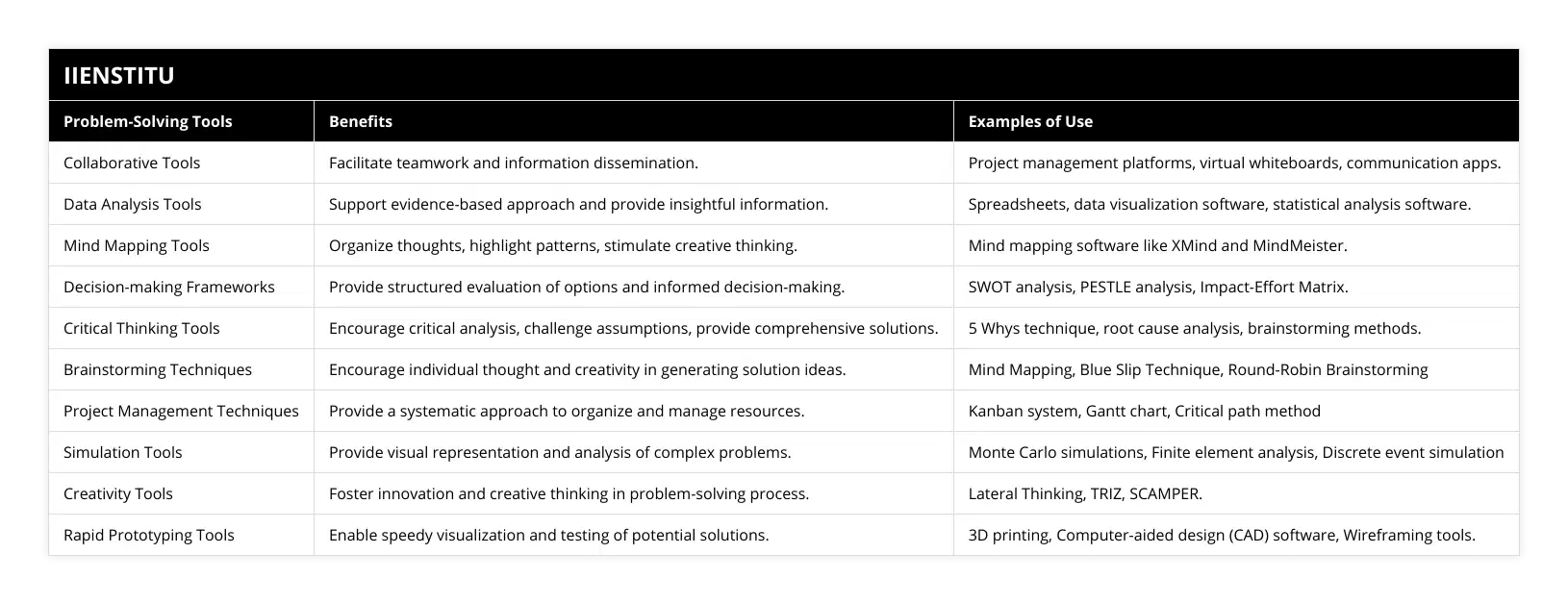
Frequently Asked Questions
How should I prioritize problem-solving tools in my response?
When answering this question, consider the specific job you are interviewing for and the types of problems typically encountered in that role. Tailor your response to highlight the tools that are most relevant and effective for the position.
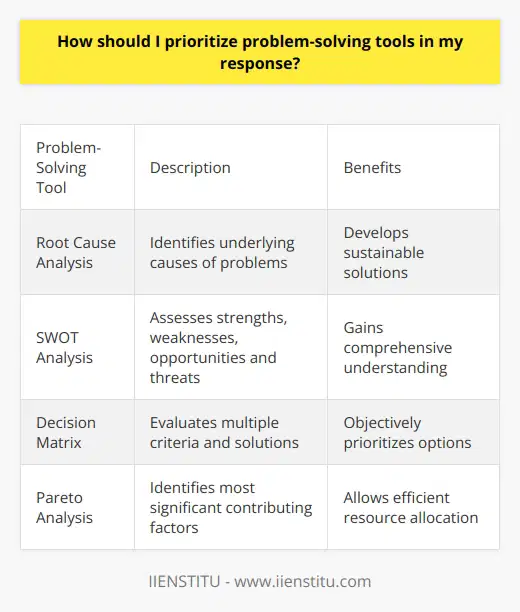
Can I mention tools specific to my field or industry?
Absolutely! Including industry-specific tools in your response can demonstrate your knowledge and understanding of the challenges faced in that particular domain. Just be sure to explain how these tools aid problem-solving and provide examples to support your answer.
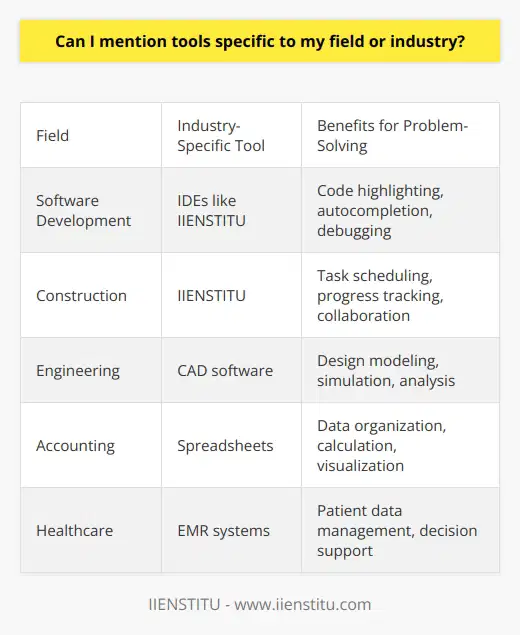
Should I discuss any challenges or limitations associated with these problem-solving tools?
While it is not necessary to delve into every potential challenge or limitation, briefly mentioning any considerations related to the tools you discuss can show a well-rounded understanding. Focus on demonstrating your awareness of the tools' effectiveness while acknowledging any potential drawbacks and providing suggestions to mitigate them.
